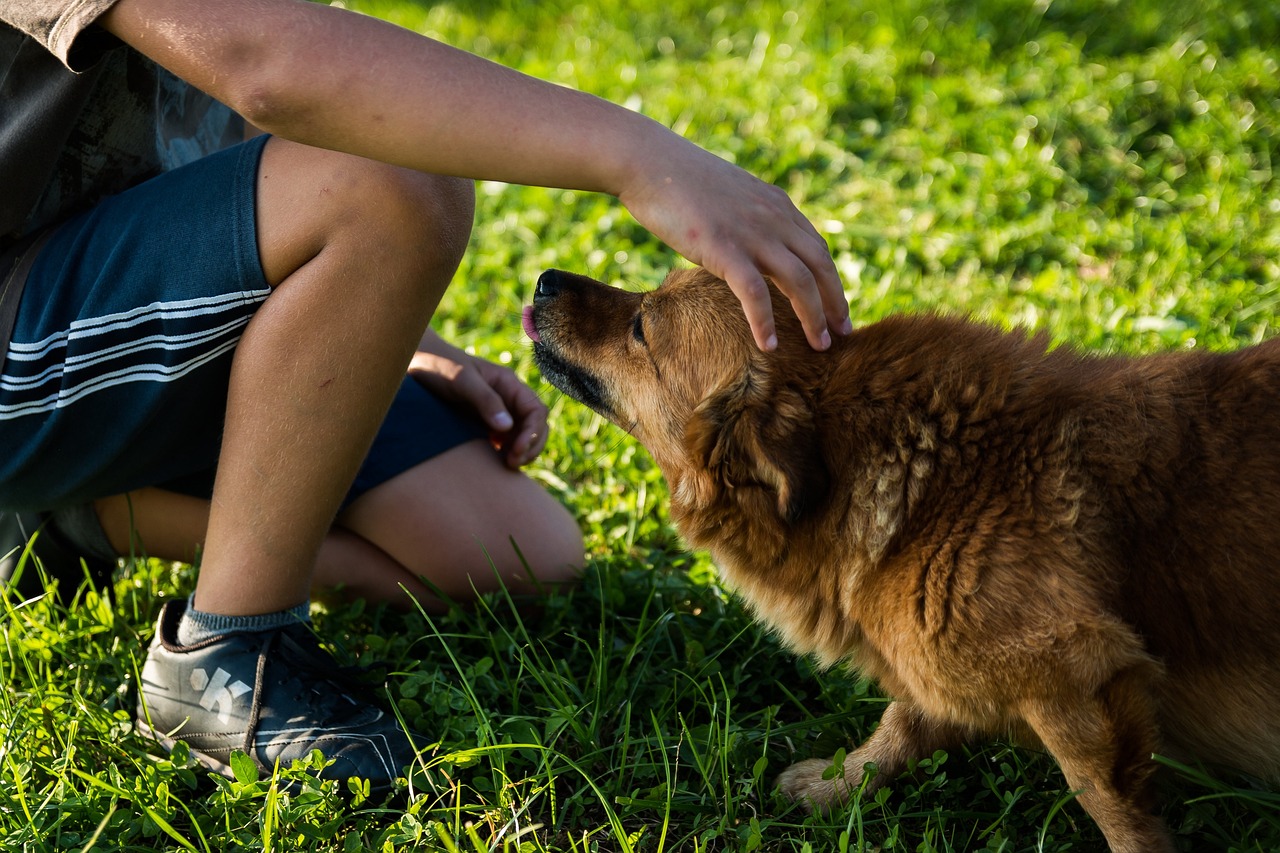Dog training methodologies have evolved over the years, with various techniques gaining popularity among pet owners. One such method is the alpha roll, often touted as a means of establishing dominance over a dog. However, there’s significant debate surrounding its effectiveness and potential risks. In this comprehensive guide, we delve into what dog owners should know about the alpha roll technique, its origins, application, controversies, and alternative training approaches.
Origins of the Alpha Roll:
The alpha roll technique traces its roots back to studies of wolf pack behavior conducted in the mid-20th century. Based on observations of captive wolf packs, researchers proposed a hierarchical structure led by an alpha wolf, suggesting that dogs, as descendants of wolves, exhibit similar social dynamics.
Understanding the Alpha Roll:
The alpha roll involves forcibly rolling a dog onto its back and holding it in a submissive position to assert dominance. Proponents of this technique argue that it mimics the behavior of dominant dogs asserting control over subordinate pack members.
Proponents believe that by assuming a position of authority through the alpha roll, owners can correct undesirable behaviors such as aggression, disobedience, or territoriality. Advocates assert that this approach establishes the owner as the pack leader, fostering obedience and respect from the dog.
Controversies Surrounding the Alpha Roll:
Despite its proponents, the alpha roll technique has garnered significant criticism from animal behaviorists, trainers, and welfare organizations. Critics argue that the alpha roll relies on outdated interpretations of wolf pack dynamics and can lead to adverse consequences, including:
1. Fear and Anxiety:
Forcing a dog into a submissive position can induce fear and anxiety, eroding trust and damaging the human-animal bond. Dogs may interpret the alpha roll as a threatening or aggressive gesture, leading to heightened stress levels and defensive reactions.
2. Aggression and Defensive Behaviors:
Dogs subjected to the alpha roll may respond defensively, exhibiting aggressive behaviors such as growling, snapping, or biting in an attempt to protect themselves. Rather than fostering compliance, the technique may escalate confrontations and exacerbate behavioral issues.
3. Lack of Efficacy:
Studies on canine behavior have found no empirical evidence supporting the alpha roll as an effective training method. Instead, positive reinforcement techniques, such as reward-based training, have been shown to yield better results in modifying behavior and strengthening the human-dog bond.
Alternative Training Approaches:
In light of the controversies surrounding the alpha roll, many dog trainers advocate for alternative methods rooted in positive reinforcement and humane training principles. These approaches prioritize building trust, communication, and cooperation between dogs and their owners, promoting a harmonious relationship based on mutual respect.
1. Positive Reinforcement:
Positive reinforcement involves rewarding desired behaviors with treats, praise, or play, encouraging dogs to repeat those behaviors voluntarily. By focusing on positive interactions and rewards, owners can reinforce desired behaviors while minimizing the occurrence of undesirable ones.
2. Clicker Training:
Clicker training utilizes a handheld clicker device to mark desired behaviors in real-time, followed by a reward. This method facilitates clear communication between owners and dogs, enabling precise timing and consistency in training exercises.
3. Force-Free Training:
Force-free training emphasizes gentle, non-coercive methods that prioritize the emotional well-being of dogs. Techniques such as shaping, luring, and targeting enable owners to guide their dogs’ behavior without resorting to physical force or intimidation.
While the alpha roll technique may have originated from studies of wolf pack behavior, its application in dog training remains contentious. Critics caution against its use due to the potential for adverse effects on dogs’ well-being and behavior. Instead, modern training approaches advocate for positive reinforcement, clicker training, and force-free methods that prioritize mutual trust and cooperation. By understanding the complexities of canine behavior and embracing humane training practices, dog owners can foster a strong bond with their furry companions built on trust, respect, and positive reinforcement.
